Hazard Identification and Control Strategies
Why Hazard Identification and Control Strategies are needed
Hazard identification and control strategies are essential components of an effective workplace safety program. By identifying potential hazards and implementing appropriate control measures, organisations can reduce the risk of accidents and injuries, promoting a safer work environment. In this article, we will discuss the importance of hazard identification and control strategies and provide guidance on how to implement these processes in your organisation.
The Importance of Hazard Identification
Hazard identification is the first step in creating a safe work environment. This process involves:
- Identifying potential hazards: Recognise sources of harm or danger that could cause injury or illness to employees.
- Assessing the risk: Evaluate the likelihood and severity of potential incidents resulting from identified hazards.
- Prioritizing hazards: Determine which hazards pose the greatest risk and require immediate attention.
Implementing Control Strategies
Once hazards have been identified, organisations must implement control strategies to minimise the risk of incidents. The Hierarchy of Controls is a widely accepted approach to selecting the most effective control measures:
- Elimination: Remove the hazard entirely, if possible.
- Substitution: Replace the hazardous process or material with a less hazardous one.
- Engineering controls: Implement physical changes to the work environment or equipment to minimise exposure to hazards.
- Administrative controls: Change work practices, policies, and procedures to reduce exposure to hazards.
- Personal protective equipment (PPE): Provide appropriate PPE to protect workers when other control measures are not feasible or effective.
Monitoring and Reviewing Control Strategies
Organisations should regularly review and update their hazard identification and control strategies to ensure their continued effectiveness. This can be achieved through:
- Inspections and audits: Conduct regular workplace inspections and audits to identify new hazards and assess the effectiveness of existing control measures.
- Incident investigation: Investigate incidents and near-misses to identify contributing factors and implement corrective actions.
- Employee feedback: Encourage employees to report hazards and provide feedback on the effectiveness of control measures.
- Continuous improvement: Regularly review and update hazard identification and control strategies to address new hazards and improve existing control measures.
Why Control Strategies are needed
Hazard identification and control strategies are crucial for maintaining a safe work environment and preventing accidents and injuries. By implementing a systematic approach to hazard identification, prioritising risks, and employing the Hierarchy of Controls, organisations can effectively manage workplace hazards and promote a culture of safety. Regular monitoring and review of these strategies will ensure their ongoing effectiveness and contribute to a safer workplace for all employees.
Now, let’s explore how the IOSH Managing Safely ® course contributes to the creation of a robust hazard identification and control strategy. This comprehensive program is specifically designed for managers and supervisors who want to enhance their skills in health and safety management. By undertaking the IOSH Managing Safely course, you’ll gain the knowledge and tools to effectively identify hazards, assess risks, and implement control measures to mitigate potential dangers. This course provides valuable insights on developing a proactive safety culture, promoting effective communication, and engaging employees in hazard identification and control processes. With the practical guidance and strategies offered by Managing Safely, you can create a safer work environment and reduce the likelihood of accidents and injuries.

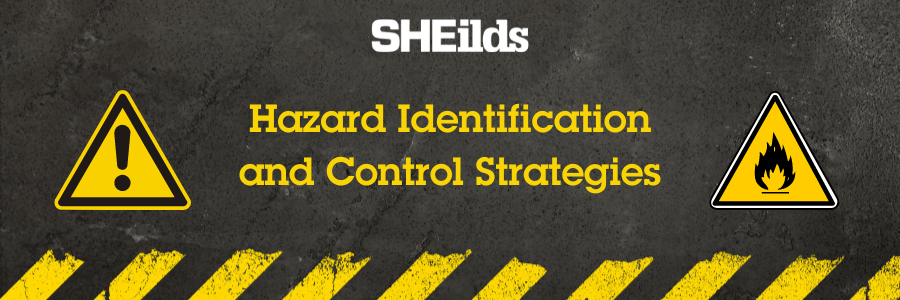

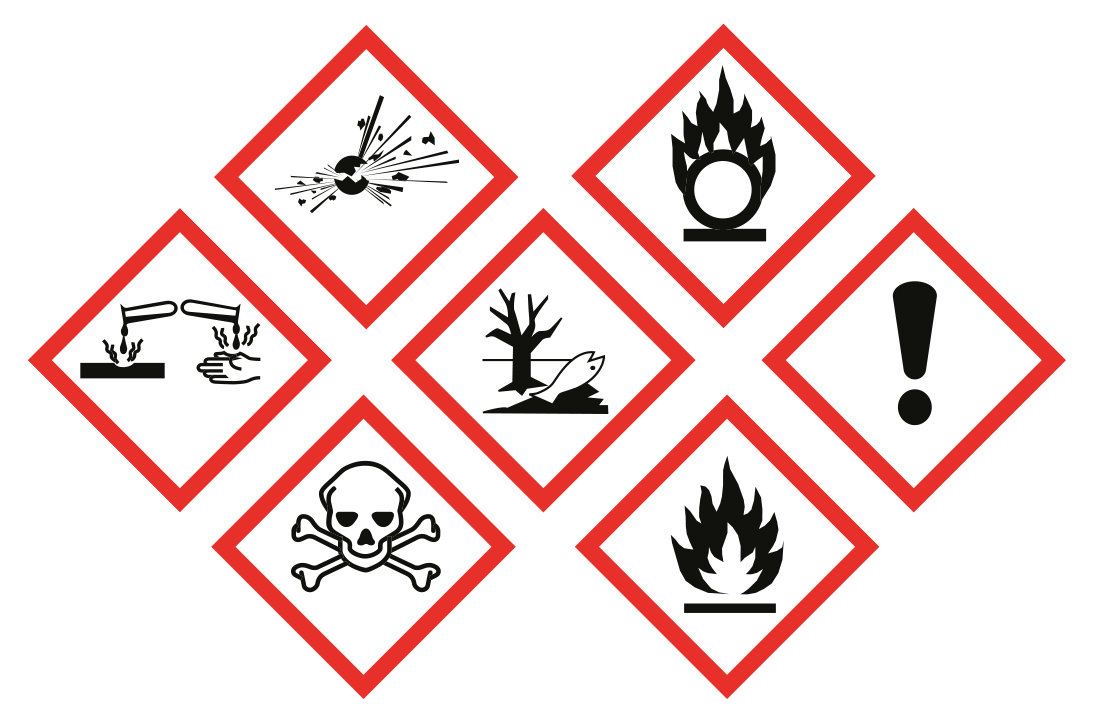
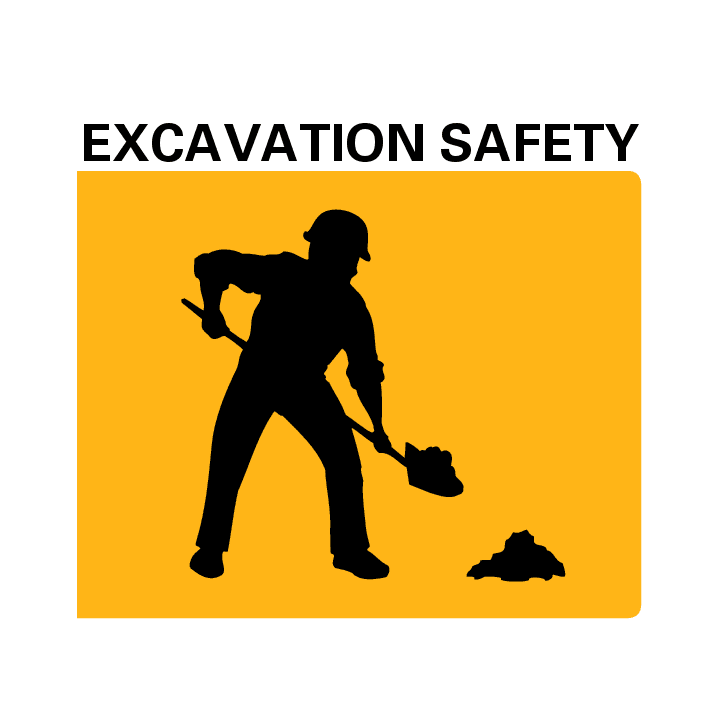
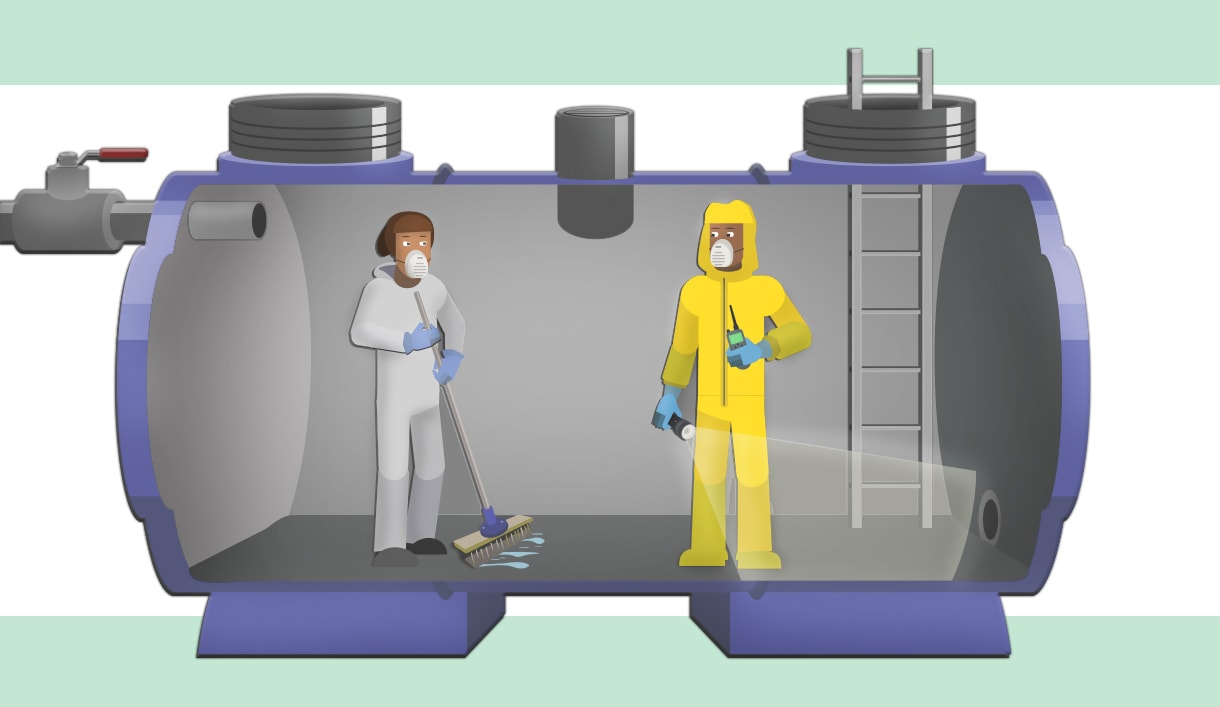

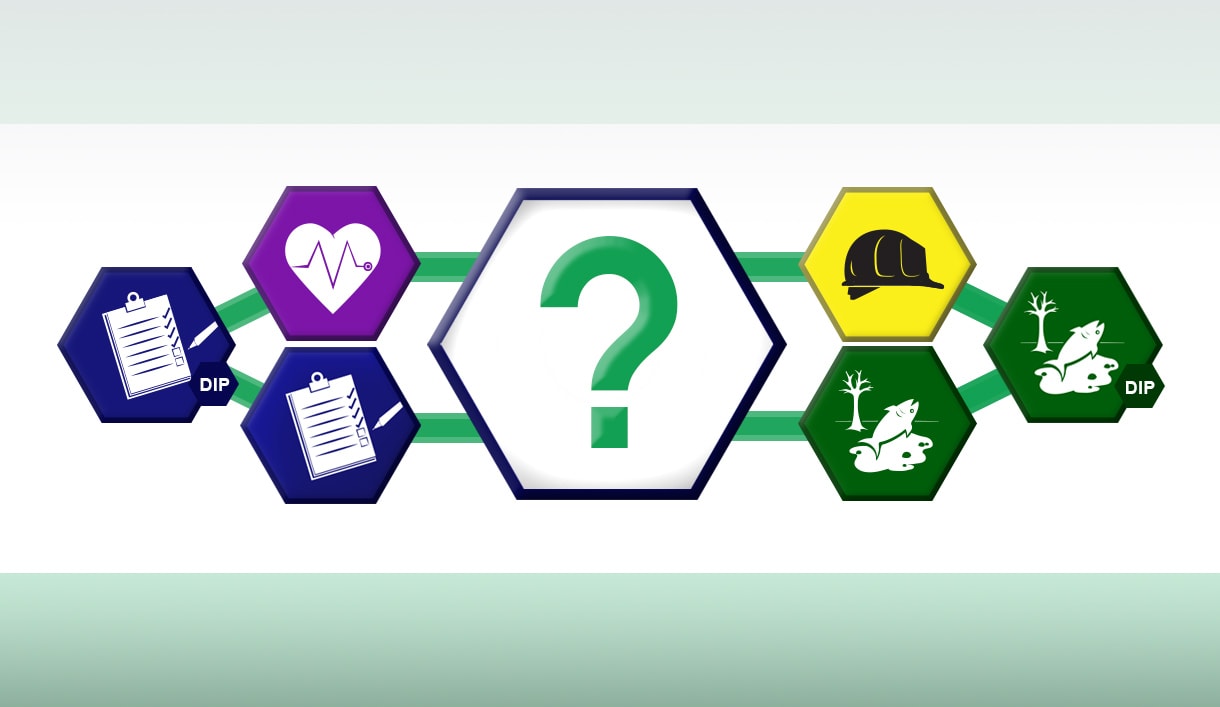



Leave a Reply
Want to join the discussion?Feel free to contribute!